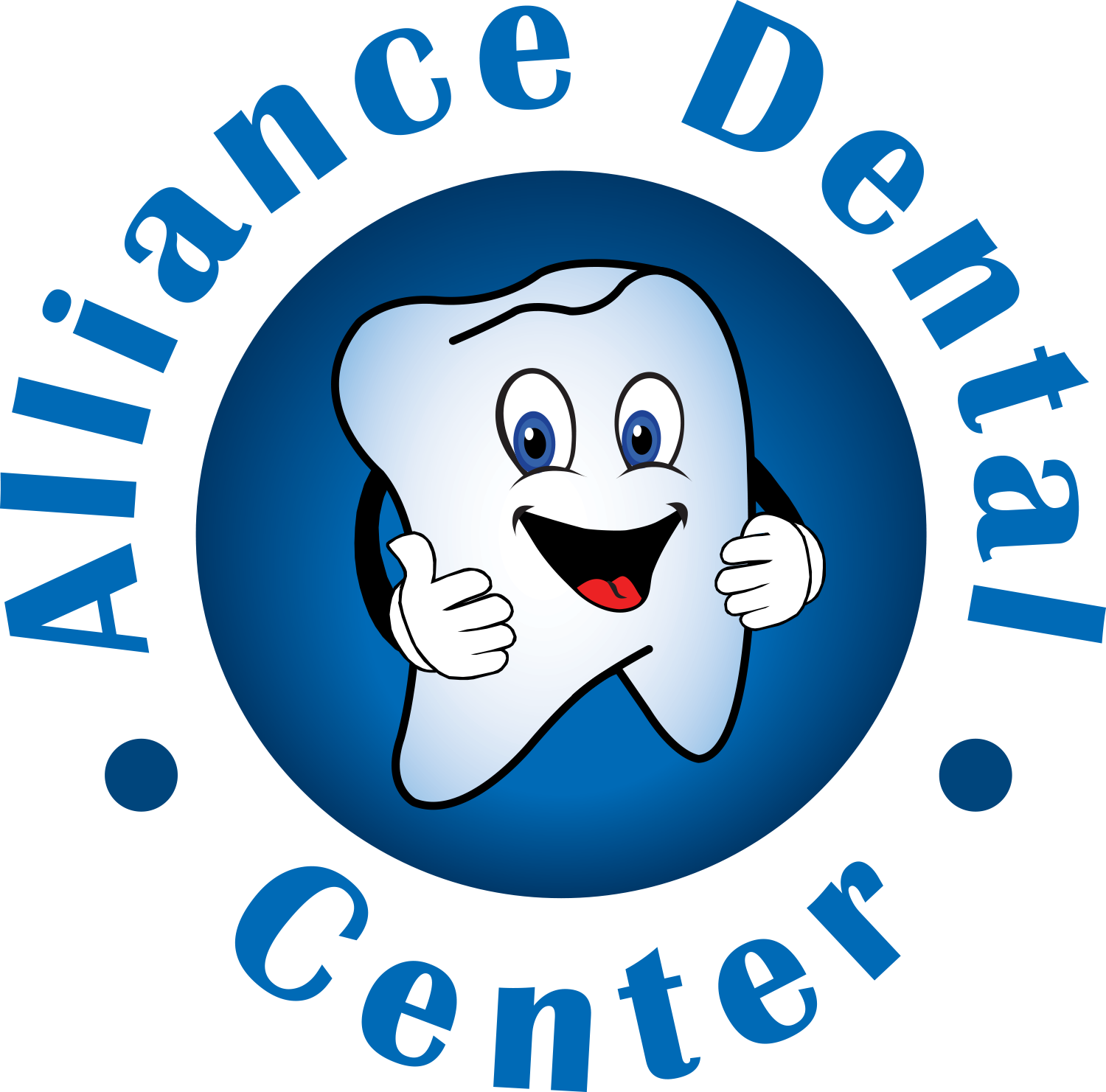Dear Patients,
As per update provided by the New York State Governor Cuomo, during the conference on 05/11/2020, New York CIty and surrounding boroughs and counties did not meet the guidelines needed to re-open.
We are therefore going to remain closed until June 6th 2020 as per order from Gov. Cuomo, pending further updates from the governing bodies.
OSHA (The Occupational Safety and Health Administration) as well as the CDC has recommended that dentists stay closed during the pandemic. We are awaiting further instruction from these governing bodies in order to comply with the new regulations in order uphold the highest standards in infection control. Our main objective is to provide our patients with the quality dentistry in the most safe environment. Our staff will need to undergo additional training to comply with new regulations and use of PPEs. This will require time and additional investment into both our facilities infrastructure, training, as well as other resources.
If you have any questions please call us at 718-424-7100. We have limited phone hours, but if you leave a message we will get back to you as soon as we can.
Sincerely,
Alliance Dental Center & Staff














